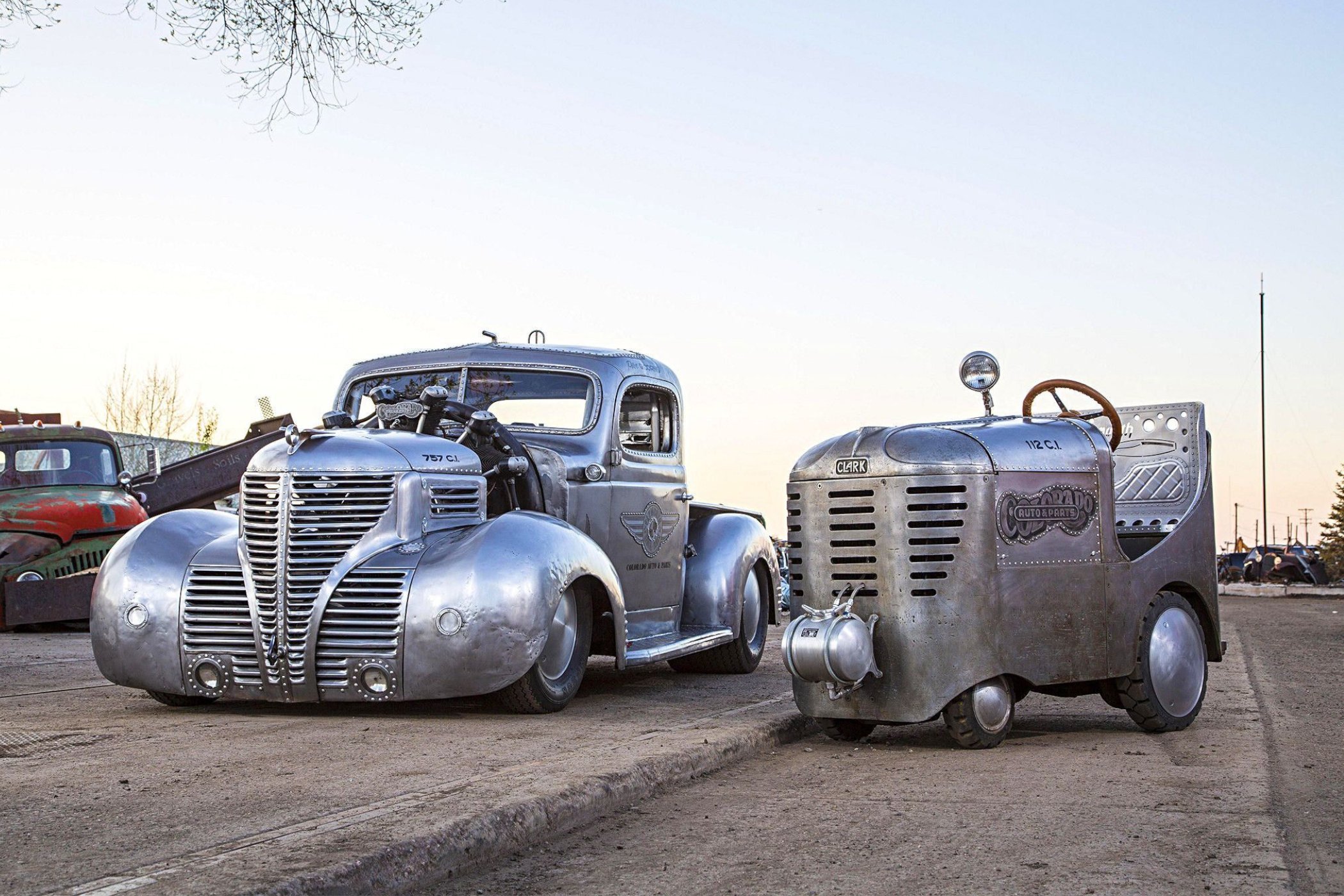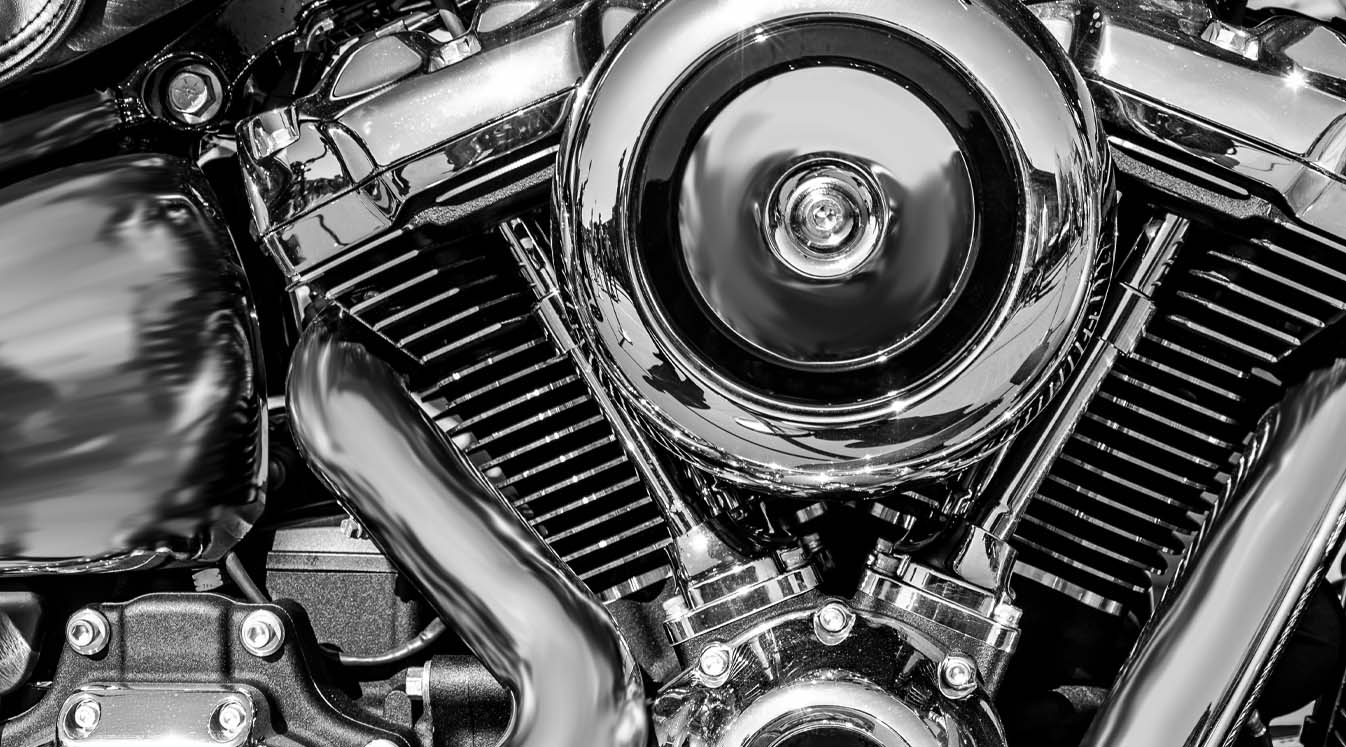Engines for Africa at Competitive Costs: Your Preferred Car Parts Store
Engines for Africa at Competitive Costs: Your Preferred Car Parts Store
Blog Article
The Pursuit for Ultimate Driving Power: Checking Out the Pinnacle of Engine Performance and Technological Advancements in the Automotive Field
In the world of automotive engineering, the pursuit of maximum driving power has actually been a ruthless mission that has unfolded with the development of engine design and the integration of sophisticated modern technologies. From the meticulous workmanship of combustion engines to the quick innovations in electrical propulsion systems, the automotive sector stands at the cusp of a brand-new period identified by extraordinary efficiency abilities.
Development of Engine Style

Additionally, the assimilation of turbocharging and supercharging modern technologies has reinvented engine layout by increasing power without significantly enhancing engine dimension. These forced induction systems press the intake air, enabling for even more gas to be combusted, consequently creating better power output from a smaller engine. This development has actually been specifically crucial in improving the efficiency of smaller variation engines while keeping gas performance standards.

Performance-Enhancing Gas Technologies
The implementation of advanced gas modern technologies has actually considerably contributed to enhancing engine performance in modern lorries. From traditional fuel and diesel to ingenious biofuels, synthetic fuels, and hydrogen, the auto field is experiencing a transformation in fuel choices. Biofuels, originated from eco-friendly sources like corn, sugarcane, or algae, offer decreased discharges and enhanced engine performance. Artificial fuels, generated through chemical processes, supply high octane ratings, enhancing power outcome. Hydrogen gas cells, although still in the beginning of adoption, show terrific promise due to their zero-emission nature and possibility for high performance. In addition, gas ingredients and detergents are being created to tidy engine parts, optimize burning, and decrease friction, therefore improving total car performance. With recurring research study and development, the quest for the supreme driving power proceeds, as designers aim to open the full possibility of performance-enhancing fuel technologies in the vehicle industry.
Improvements in Electric Propulsion
Substantial strides in electrical propulsion technology have reinvented the vehicle sector, leading the way for a new age of sustainable and effective transport. Electric lorries (EVs) are gaining popularity due to their environmental advantages and advancements in battery technology, making it possible for longer driving ranges and shorter charging times. Manufacturers are investing greatly in study and advancement to improve the performance of electric propulsion systems, focusing on increasing power result, boosting power performance, and lowering total weight.
One remarkable innovation in electric propulsion is the development of innovative electrical motors that deliver greater torque and power thickness, resulting in enhanced acceleration and total driving efficiency. Additionally, regenerative stopping systems have actually been refined to keep and capture energy throughout deceleration, more improving the efficiency of EVs.
Furthermore, the integration of smart modern technologies, such as expert system and predictive analytics, is enhancing the management of electrical propulsion systems, guaranteeing ideal performance under various driving problems. These innovations in electric propulsion are improving the vehicle landscape, driving the industry towards an extra sustainable and electrified future.
Effect of Computational Fluid Characteristics
With advancements in electrical propulsion pushing the borders of automotive modern technology, the integration of Computational Liquid Dynamics is playing a Website pivotal function in optimizing aerodynamic efficiency and enhancing general performance in automobile design. Computational Fluid Characteristics (CFD) involves making use of computer system simulations to analyze the circulation of air around a vehicle, allowing designers to predict exactly how style adjustments will influence the rules of aerodynamics without the need for expensive physical models. By properly modeling airflow patterns, CFD enables the refinement of automobile forms to lower drag, improve cooling, and improve security.
One key benefit of using CFD in automobile layout is the ability to iterate quickly, discovering countless design variations to reference identify the most aerodynamically effective options. This iterative process results in cars that are not only sleeker and a lot more aesthetically attractive yet also more fuel-efficient and eco-friendly. Moreover, CFD enables engineers to optimize airflow around parts such as radiators, engine bays, and wheel wells, adding to improved performance and overall driving experience. To conclude, the combination of Computational Fluid Dynamics stands for a substantial step forward in the pursuit for best driving power and performance in the Click This Link vehicle market.
Future Fads in Engine Advancement
In the dynamic landscape of automobile engineering, innovative improvements are forming the future trajectory of engine technology. The future of engine style is noted by a strong emphasis on sustainability, efficiency, and effectiveness. Manufacturers are significantly concentrating on creating engines that not only supply high power outputs however also focus on environmental obligation by minimizing discharges and boosting gas effectiveness.
One popular pattern in engine technology is the surge of electrification. Hybrid and electrical powertrains are gaining grip as sensible alternatives to standard burning engines. These technologies supply the potential for considerable decreases in carbon discharges and enhanced energy performance, straightening with global efforts to deal with environment adjustment.
Furthermore, improvements in products scientific research and manufacturing techniques are allowing the production of lighter and much more long lasting engine parts. This change in the direction of lightweight materials such as carbon fiber and aluminum alloys contributes to enhanced efficiency and gas economy.
Conclusion
To conclude, the search of best driving power in the automotive sector remains to drive developments in engine style, fuel technologies, electrical propulsion, and computational liquid characteristics. The advancement of these modern technologies is forming the future of engine technology, leading the way for extra effective and effective cars (engines for africa). As the market continues to push the boundaries of what is feasible, we can anticipate to see much more revolutionary advancements in the pursuit for peak efficiency
One of the crucial turning points in engine style evolution is the change from typical carbureted engines to modern-day fuel-injected systems. By exactly metering the fuel delivery to each cyndrical tube, fuel-injected engines maximize burning, resulting in much better efficiency and lowered ecological impact.
Furthermore, the assimilation of turbocharging and turbo charging technologies has actually revolutionized engine design by boosting power without dramatically boosting engine size (engines for africa).The execution of sophisticated gas technologies has actually substantially contributed to boosting engine performance in modern-day cars. Additionally, gas additives and cleaning agents are being developed to tidy engine elements, maximize combustion, and decrease rubbing, consequently boosting general lorry performance
Report this page